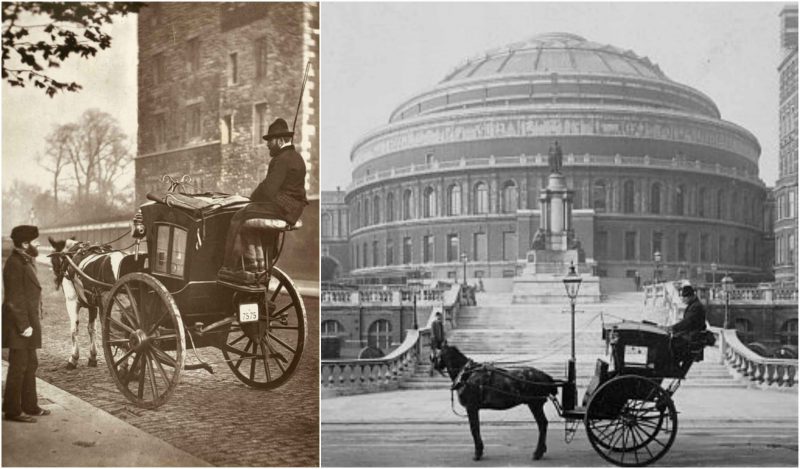Joseph Hansom was a prolific English architect who, among many famous objects, also designed the Hansom cab. It is a two-wheeled, horse driven carriage which Hanson developed and tested in Hinckley, Leicestershire, England, and he patented it in 1834.
It was originally named “The Hansom safety cab” as it was designed to combine speed with safety, and with a low center of gravity so that the cornering would be safer.
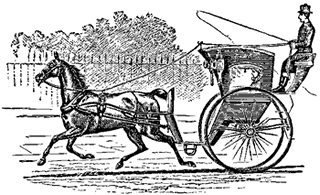
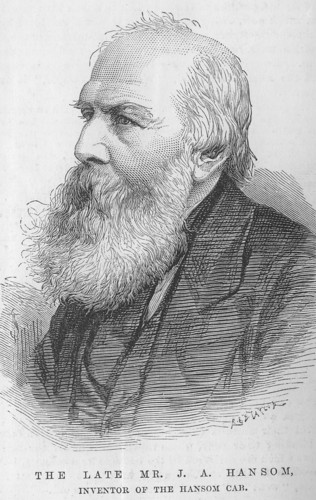
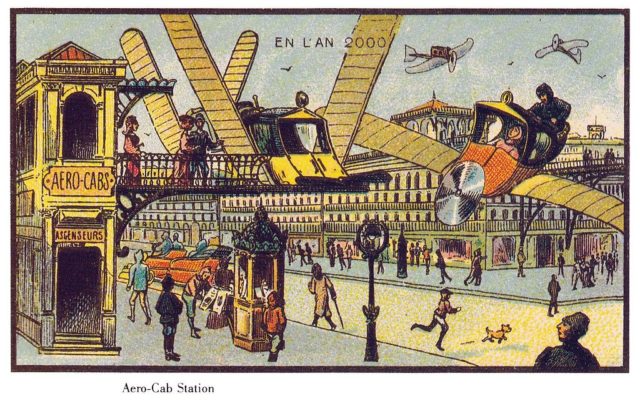
The first Hansom cab drove down Coventry Road in Hinckley in 1835. Hansom cabs were fast and light enough to be pulled by only one horse. Another thing that made these cabs even more popular was that unlike larger four-wheel coaches, Hansom cabs were agile enough to move in the notorious traffic jams of nineteenth-century London. Their speed was quite an attraction for the traffic at the time. This particular carriage was the choice of Sherlock Holmes exactly because of its speed.
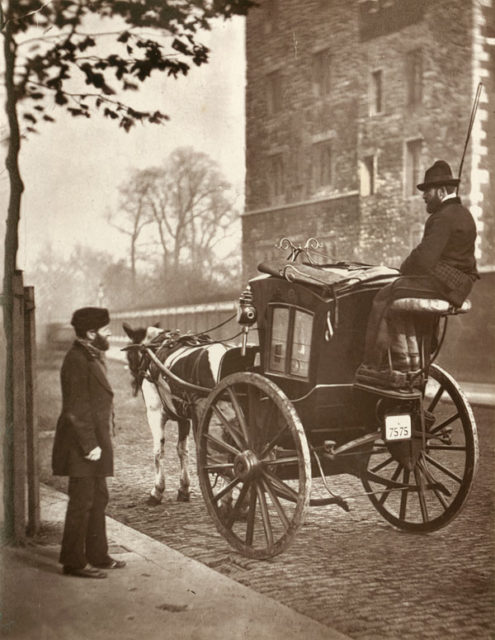
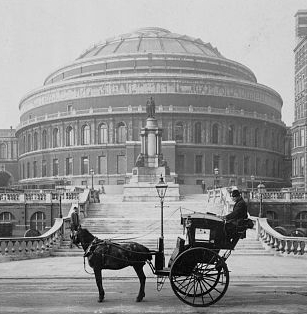
The cab could drive two passengers, and sometimes three if squeezed in, while the driver had a seat at the back of the vehicle. The front of the cabin allowed the passengers a better view, while there were also leather curtains if they wanted privacy inside the carriage. They could communicate with the driver through a trapdoor in the roof and were protected from the elements by the cab itself.
Also, the cab had folding wooden doors that not only protected the passengers but also saved their clothes from being splashed with mud.
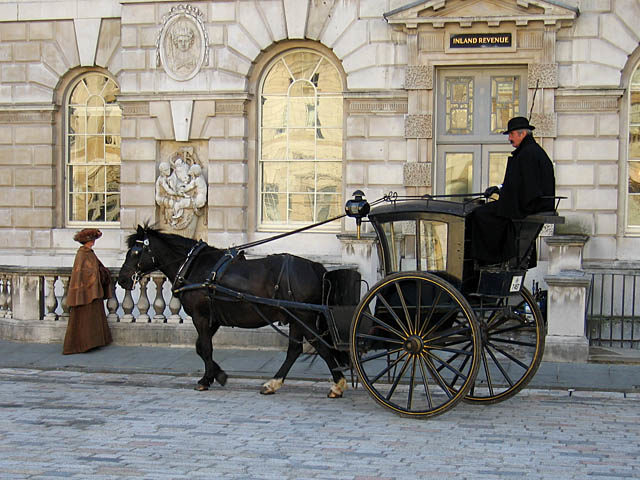
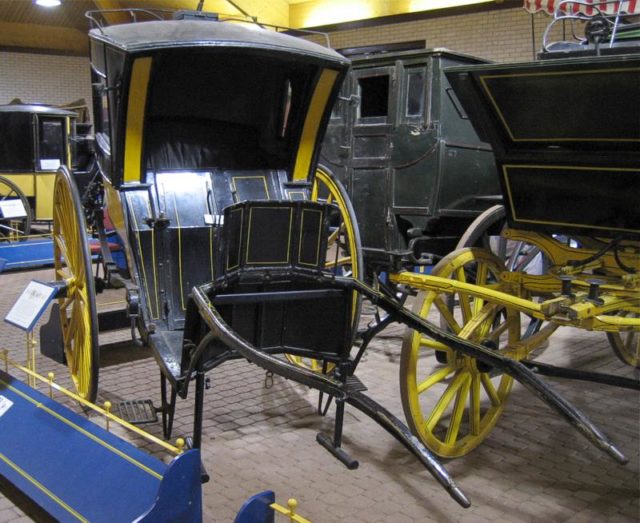
Another reason for why the Hansom cabs were preferred, is that when the mechanical taximeters were introduced, they were cheaper as they were faster than the other carriages. At the height of their popularity, there were 7500 hansom cabs on the streets, not only around the UK, but also in Paris, Berlin, St Petersburg, and other European cities, and in the late 19th century, the cab was introduced in the US also.
In 1869, The Hansom Cab Company was established and provided transportation in New York and Brooklyn.
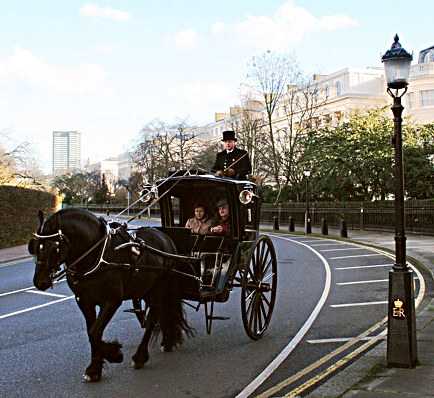
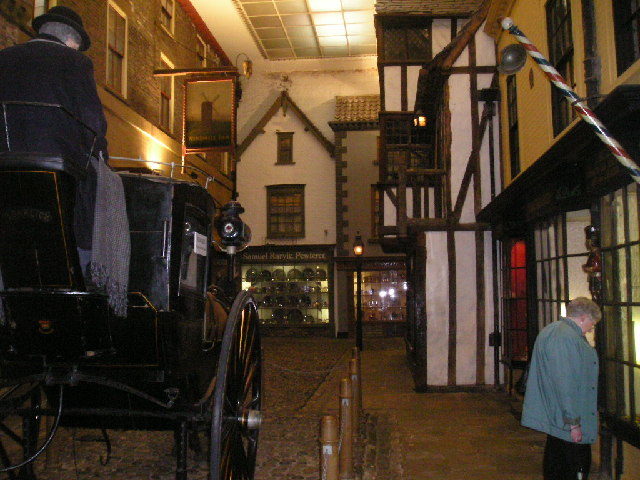
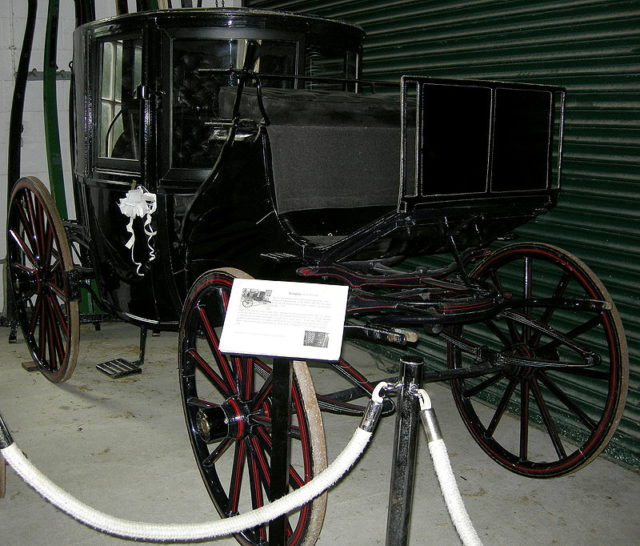
In 1908, Taximeter Cars (petrol cabs) were introduced and people started using them more frequently which led to the abandonment of the horse-drawn cabs.
Read another story from us: The wonder horses: the prolific careers of horses in Western movies
By the early 1920s, it was already a more common sight to see someone driving around the city in a car than in a carriage. In 1947, the last license for a horse-drawn cab in London was relinquished.
